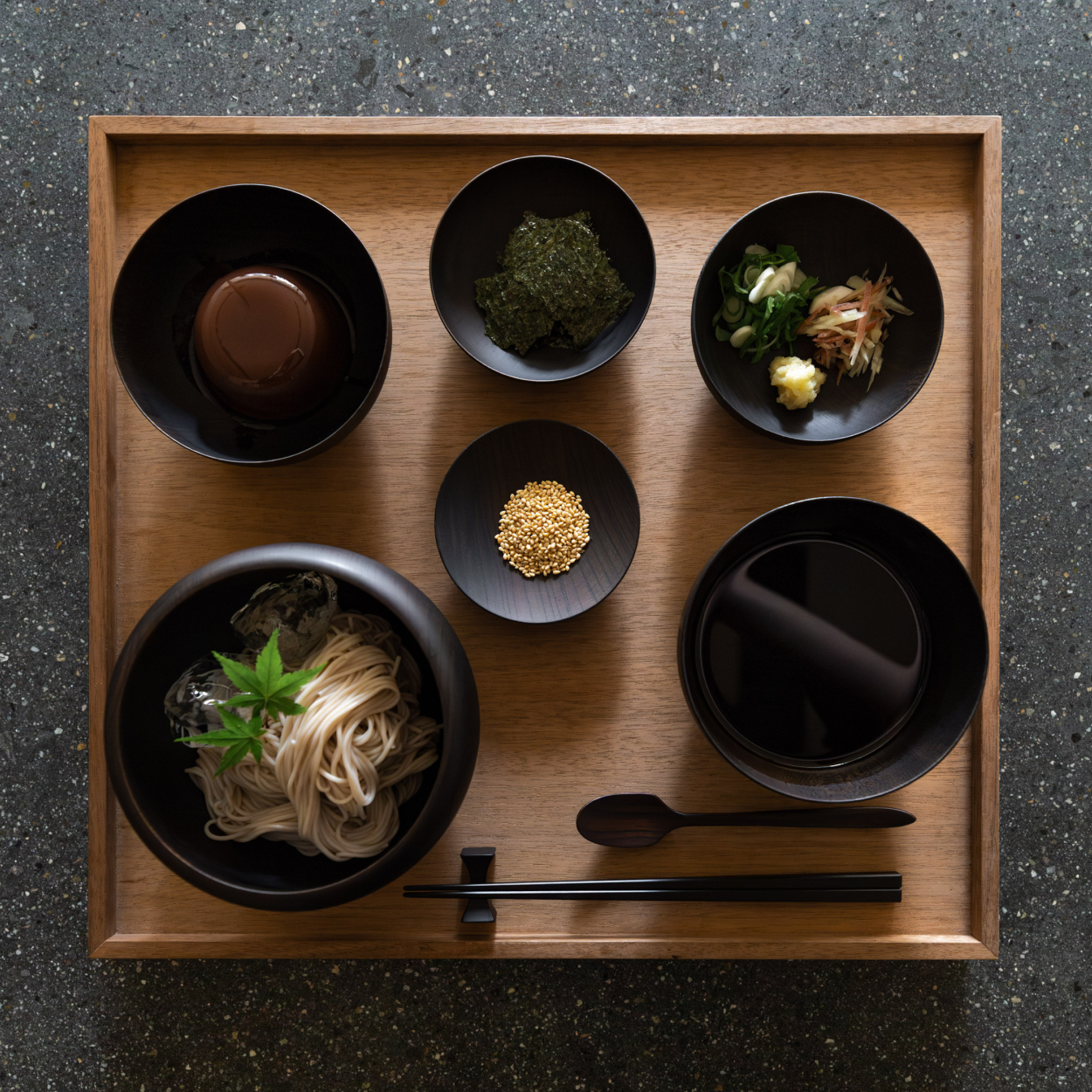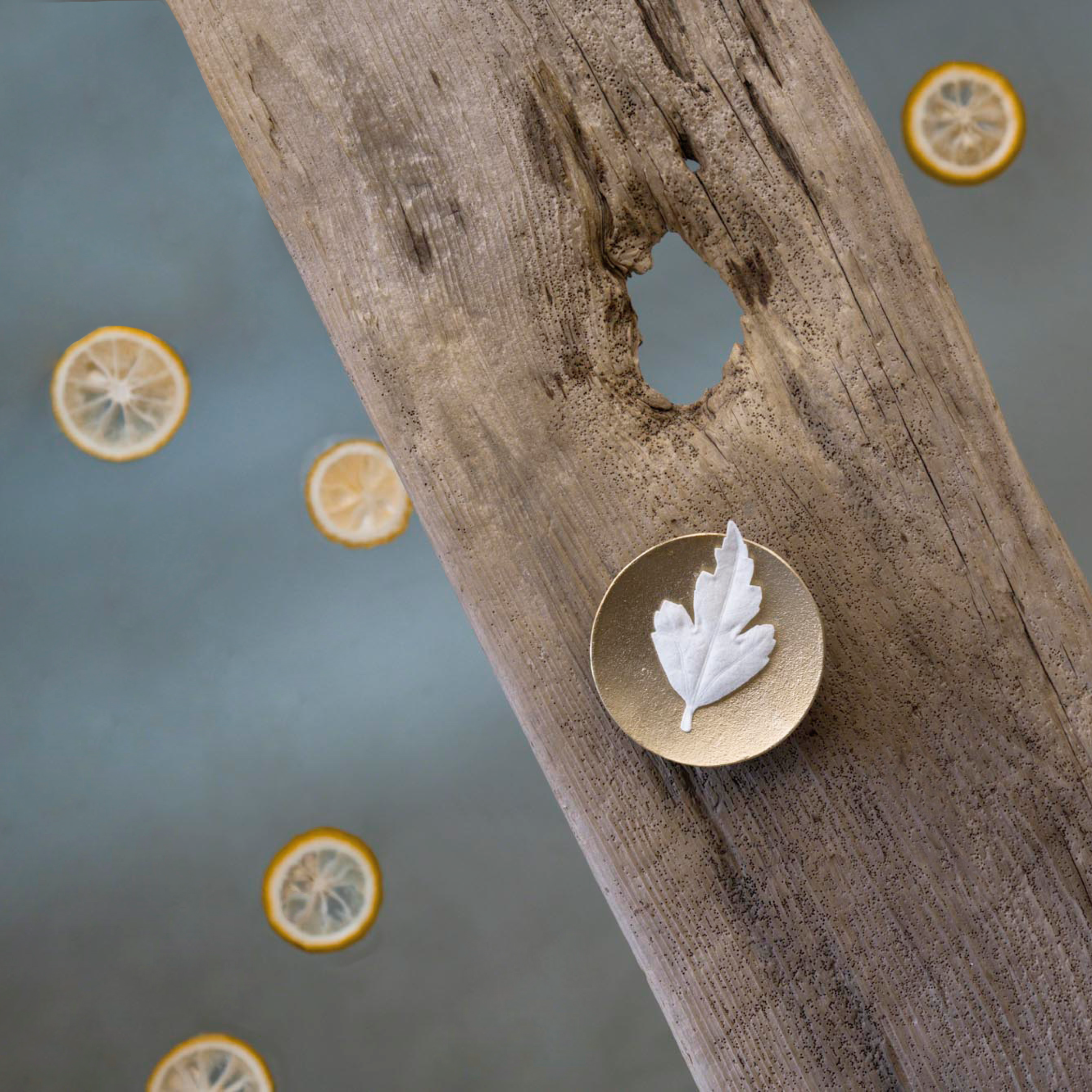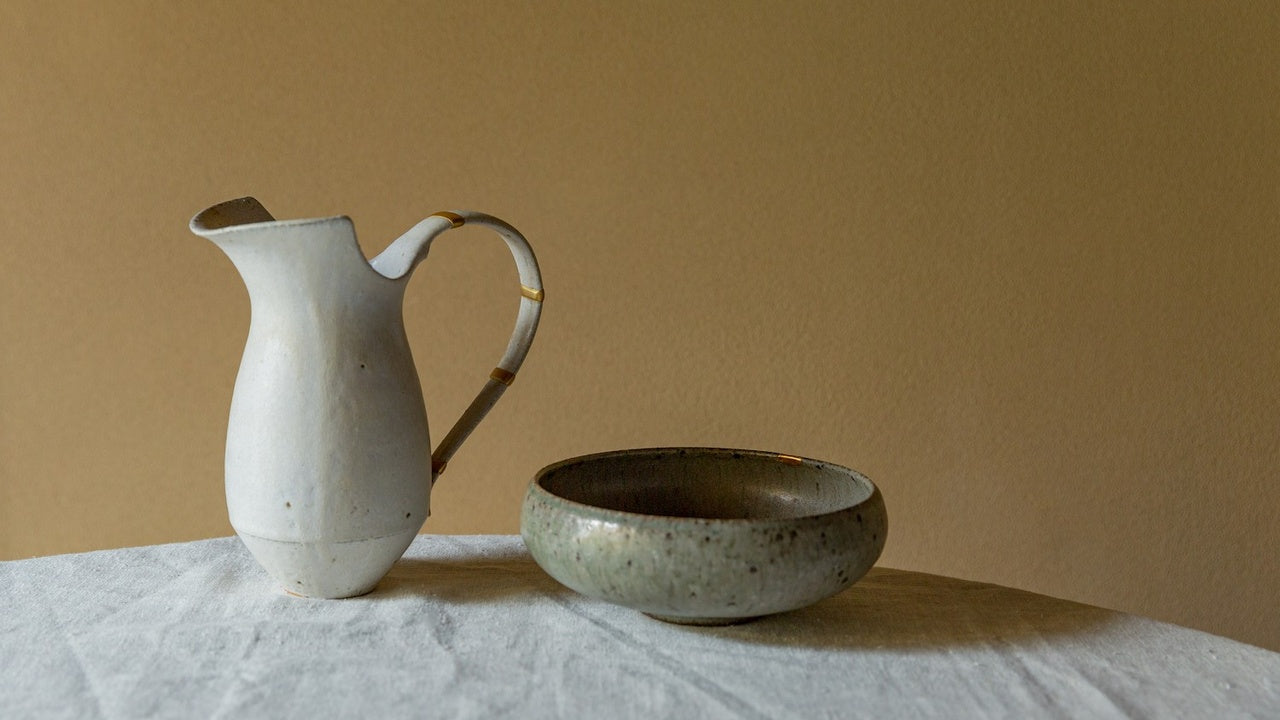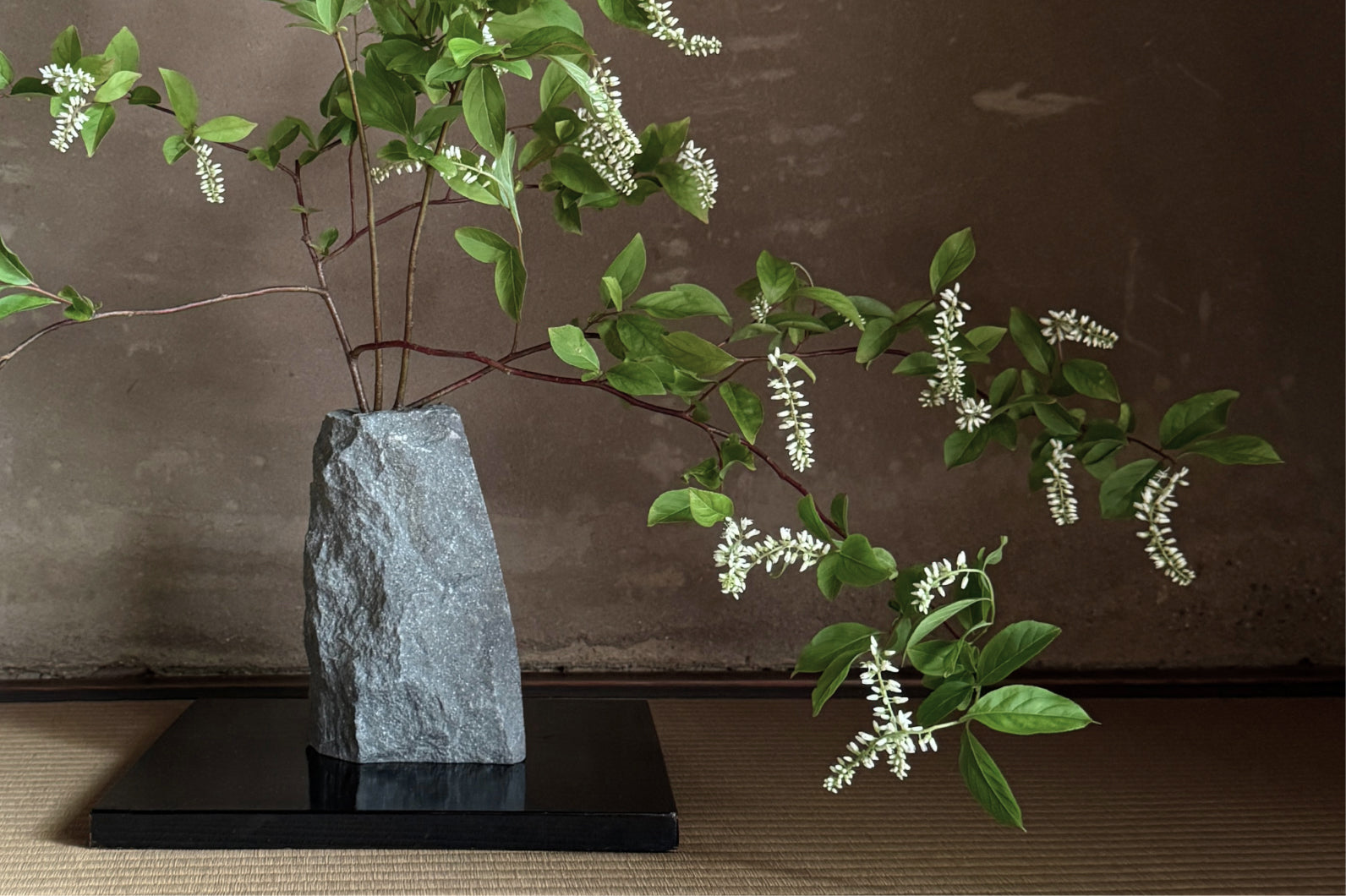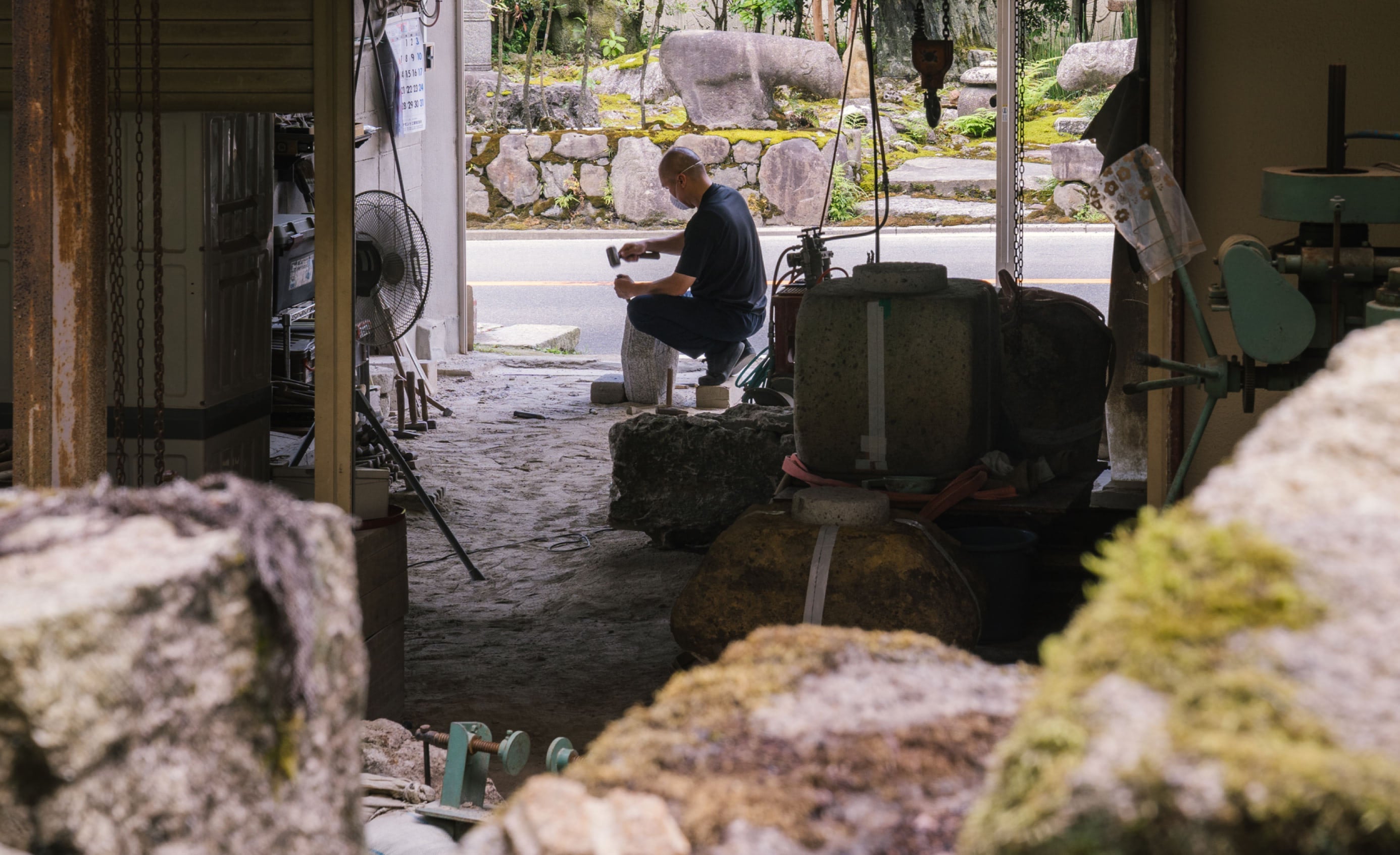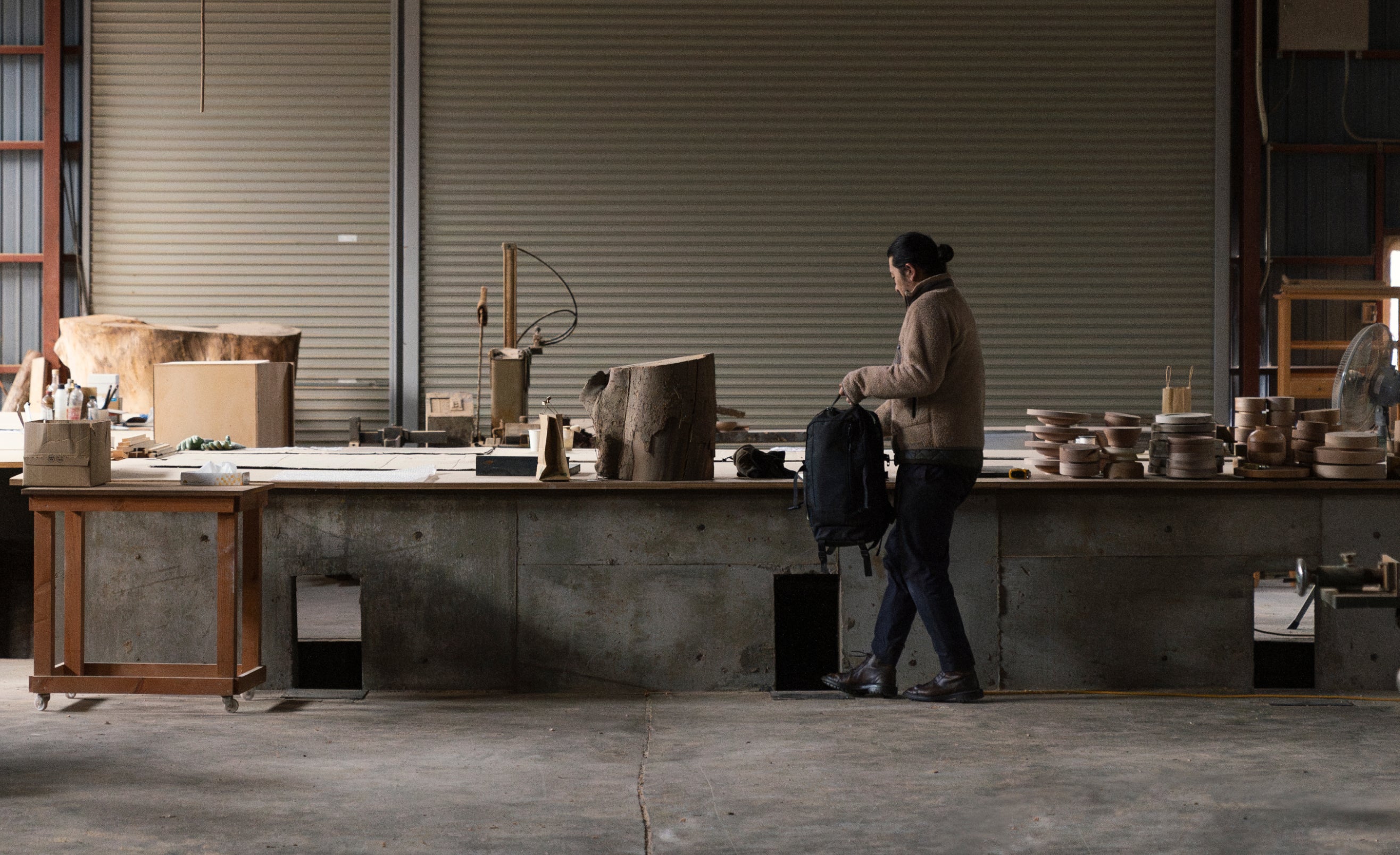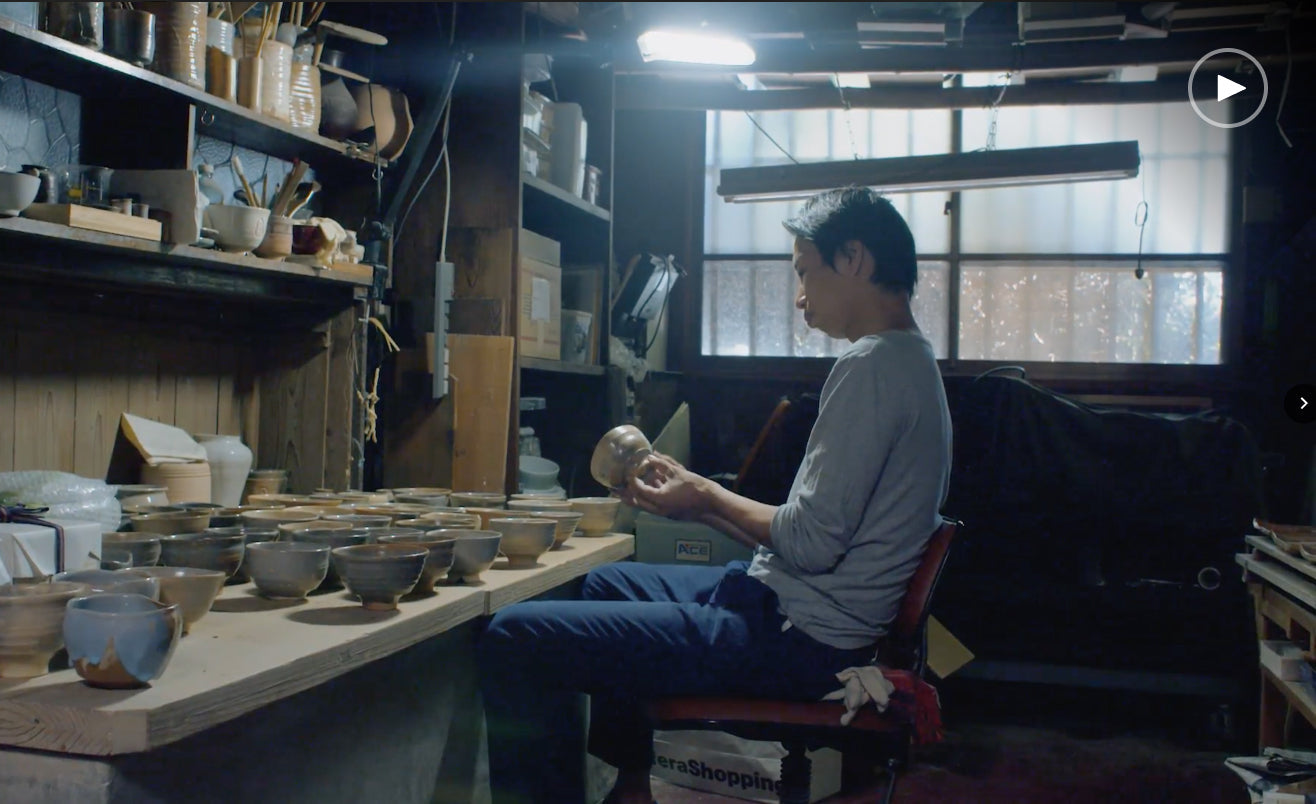Considering the nature of urushi lacquer, the kintsugi-repair process usually takes anywhere from two to three months, and for extremely complex breakages can take up to one year. Each layer of urushi must harden before the next layer is applied. And there are many many layers: from binding broken pieces together, to filling microscopic crevasses, to sealing and smoothing until uneven surfaces become completely level and glossy. Only once the ware has been fully repaired with urushi, can 24K gold be applied. In kintsugi, we enjoy the journey that comes with both quiet patience and focused awareness.

Once the kintsugi-repair is complete, we mustn't let that hard work go to waste.
THE 6 GOLDEN "AFTER CARE" RULES
① Age for one month Please place the ware in an enclosed environment to avoid accidental bump-ins, as well as exposure to direct sunlight and fluorescent lighting. Following the 1 month aging phase, your ware is ready to be used.

② Do not use over direct heat While kintsugi-repair is possible for stone, iron, and all other earthenware, it can no longer be used over direct heat.
③ Not microwave, oven, dishwasher safe Even if the ware was microwave, oven, nor dishwasher-safe before, it is no longer. The metal finish and the urushi lacquer are best kept away from modern appliances.
④ Do not bleach, boil, scrub Do not bleach, boil, or scrub with a hard brush or harsh cleaning agent to maintain the integrity of the metallic finish.
⑤ Do not soak in water Avoid soaking in water for long periods of time as this can loosen urushi that hasn't fully settled into its own. Cups and bowls can absolutely be used for liquid food and drink. We simply suggest that they are not soaked in the sink or used as a vase should the kintsugi-repair be located in an area of the vase that will be filled with water.
⑥ Do not scrape Be quite careful when using cutlery around kintsugi lines as the metallic finish may scrape off.
While it is useful to keep these key points in mind, like beloved stuffed animals, tableware is meant to be used. So we believe that enjoying these wares at your table is by far the most important point. We hope the kintsugi lines celebrate the unique story of your ware and that it was worth the wait.
